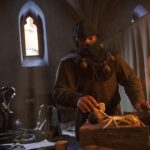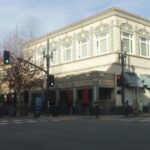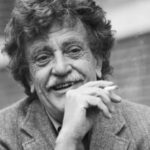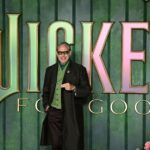Berkeley, a Look Back: Big downtown development announced in 1925
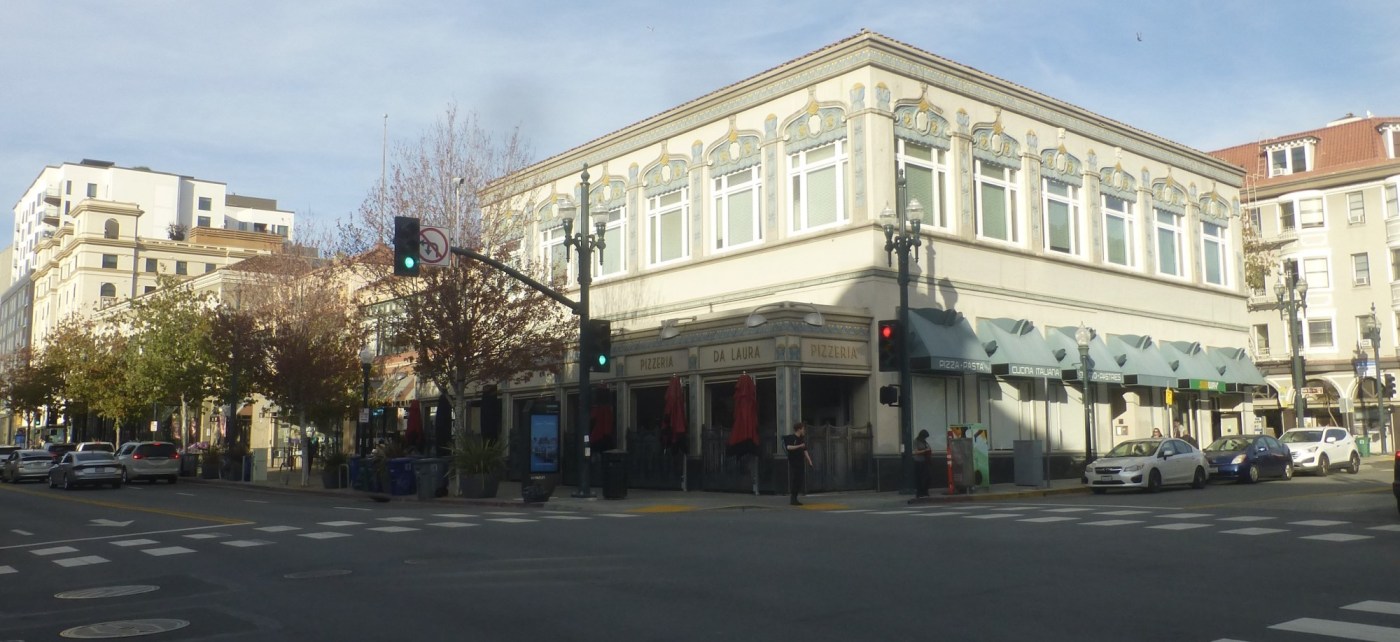
A Century-Old Vision for Downtown Berkeley
A major transformation of downtown Berkeley was announced a hundred years ago. Local real estate agent Roy O. Long—a prominent businessman and development proponent—revealed plans for a $1.25 million complex of commercial buildings at the southeast corner of Shattuck Avenue and Addison Street, the Berkeley Daily Gazette reported.
According to the Gazette, the project would include “four modern stores and office buildings.” Three of the structures would be two stories high, with foundations robust enough to support additional floors “when there is a demand for offices to warrant the extra height.” The development became possible after the State Railroad Commission approved opening a short stretch of Addison Street south of the site, and the Southern Pacific Railroad agreed to sell Long the land for $350,000. Constructed in 1926, these buildings still stand today as designated city landmarks.
Game Traffic: Cal vs. Washington, 1925
On November 14, 1925, UC Berkeley played the University of Washington at home. “Several thousand motor cars passed in and out of Berkeley,” the Gazette noted, with just one accident reported. A 15-year-old Oakland boy driving near Hillegass Avenue and Webster Street collided with another car, injuring himself and his 14-year-old passenger. Police estimated that “there were more machines (cars) at Saturday’s game than at the California-Stanford game last year.” Motor parades through Berkeley’s western neighborhoods continued well after dark.
Early Controversy Over Free Speech
Although UC Berkeley would not become the “home of the Free Speech Movement” until nearly four decades later, there was already tension over student publications on November 16, 1925. Campus administrators moved to suppress an upcoming issue of The Occident, a literary magazine, because “a certain article would reflect discredit upon the university.”
The student editor responded:
“We have uniformly been opposed to military training, to the censorship of student opinion and to the conversion of the university into an enlarged success school. Our campaign against student Babbittry has been so successful that it has aroused the university authorities, who take this occasion to suppress the only publication on the California campus which has refused to conform to the glibly manufactured student product.”
Here, “Babbittry” refers to the self-satisfied protagonist of Sinclair Lewis’s 1922 novel Babbitt.
Sixth Annual Pomology Exhibit
On November 16, 1925, the Gazette also reported on the Sixth Annual Fruit Show at UC’s Higard Hall. “Featuring fruits from all parts of California and displays sent from agricultural colleges throughout the United States,” the show presented more than 130 varieties of apples, pears, persimmons, medlars, and pomegranates. The following day, more rare subtropical fruits would go on display.
A UC faculty member explained, “One of the most important tasks of the College of Agriculture now is to devise and develop new outlets for fruit products,” citing innovations such as pear wheat flakes (a breakfast cereal), fig coffee, and fig nut cereal.
Telephone Exchange Open House
Also in November 1925, Berkeley residents were invited to an open house at the new telephone exchange at 2116 Bancroft Way. “The recently completed $450,000 telephone building” housed the newly introduced AShberry exchange. By then, Berkeley had three exchanges: BErkeley, THornhill, and AShberry. In that era, phone numbers were often given with letters for easy recall—for example, AShberry 1-2345 corresponded to 271-2345 on the rotary dial.
Bay Area native and Berkeley community historian Steven Finacom holds the copyright to this column.
https://www.mercurynews.com/2025/11/11/berkeley-a-look-back-big-downtown-development-announced-in-1925/



